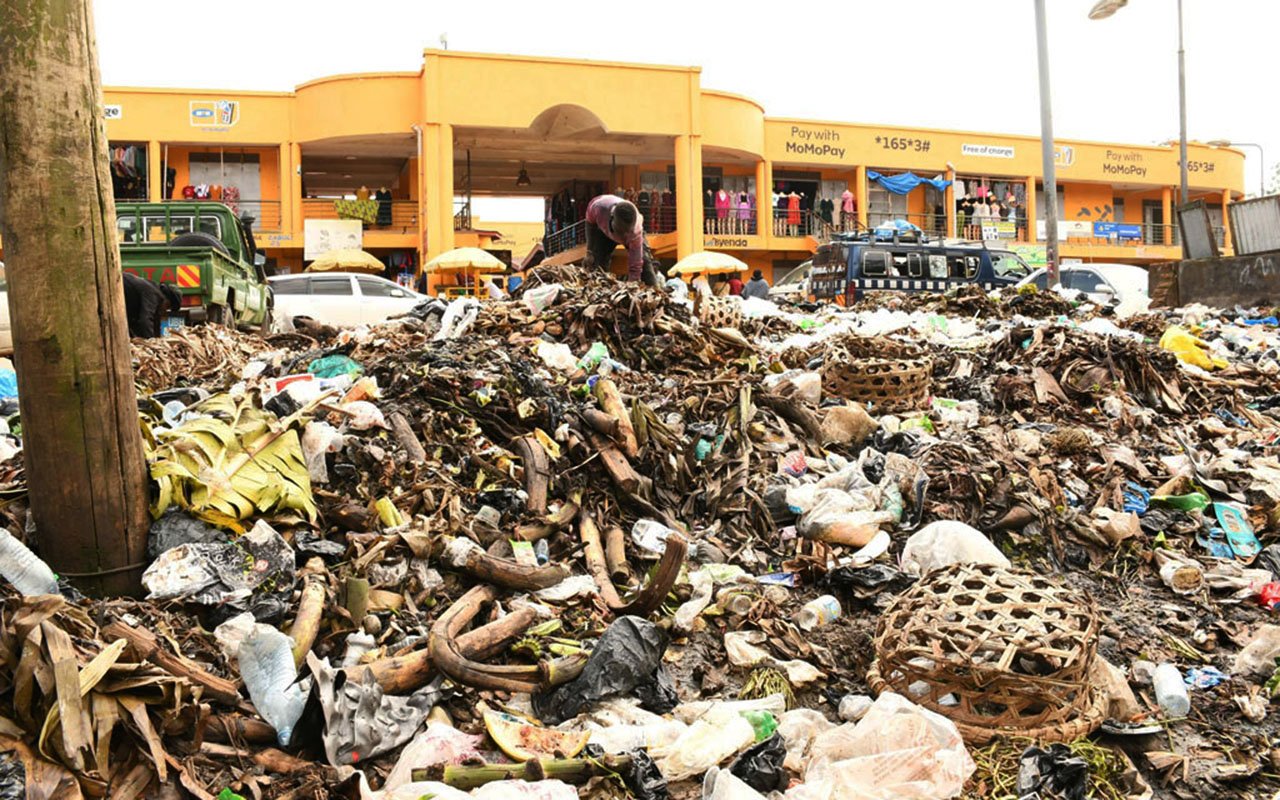Prime
The good and bad of ‘armchair journalism’
What you need to know:
- Armchair journalism often creates distortions and misinformation that has far-reaching implications for news subjects, news sources and the wider public that consume the news. Such stories tend to be sensational, so they are usually picked up and widely circulated, creating even more damage!
We are all familiar with the armchair. Yes, it is that large, comfortable chair with side supports for a person’s arms in your sitting room or office.
What about “armchair journalism”? Are you familiar with this term and its impact on you the reader/viewer, on the media house and journalists?
First, “Armchair journalism refers to news reports obtained by journalists from the newsroom without going out to the field to interview the sources.”
(www.mediaupdate.co.za/media). “It is an easy form of journalism where you don’t go to the field to report. You simply sit down in the comfort of your office to write stories based on hearsay, based on gossip, based on twisting facts…” (room104onlinenews.blogspot.com).
Now that we know what it is, chances are that you have encountered it in the course your engagement with media.
It is often difficult to detect it, so much of it tends to pass unnoticed – until someone complains. However, if you have ever been at a function and the next day you read in the newspaper, watch on television or listen to radio news report about the event and it is the complete opposite of what you witnessed, with only sprinklings of “truth”, then the story is likely the handiwork of an armchair journalist.
Armchair journalism often creates distortions and misinformation that has far-reaching implications for news subjects, news sources and the wider public that consume the news. Such stories tend to be sensational, so they are usually picked up and widely circulated, creating even more damage!
In the last month or so, I have had to deal with complaints about two stories that turned out to be typical armchair journalism. One was about the DPC of Kalangala District allegedly being in a coma and on life support in Masaka Hospital after reportedly being beaten by revellers that he had gone to arrest for flouting curfew guidelines. Upon inquiry, it turned out that the incident was exaggerated based on hearsay and misinformation. The quoted sources had never been spoken to and no person as described in the story was ever in coma at Masaka Hospital.
Daily Monitor subsequently published a clarification two weeks later. That was the right and noble thing to do. As a media house, we endeavour to get everything we publish right. We are, however, obliged to correct any errors of omission and commission once they are pointed out.
The other story was a little earlier. It was about a fishing village, again in Kalangala District, reportedly flooded with effluent continuously discharged from an oil palm processing factory. Upon inquiry, it turned out that an incident that had happened in May during the heavy rains was being reported nearly two months later in the dry season without context, with much exaggeration, and without balance. It was the handiwork of armchair journalism because had the reporter visited the village before filing the story, the angle would have been different.
Daily Monitor online story was subsequently edited to reflect the proper context and balance infused. No clarification was, however, published in the newspaper. That undermines the newspaper’s commitment to the public to publish the truth, the right context and to correct errors whenever they happen.
That said, not all “armchair journalism” is bad! Many times a journalist will have to file a story in the newsroom in Kampala about floods in Kasese based on telephone calls to different people on the scene. Usually this is dictated by deadlines and the distance that cannot allow one to quickly travel to Kasese 400k away and return before the newspaper goes to print or a television/radio bulletin goes on air.
When faced with this, key thing is for reporters to use trusted sources, to double check with other people and authorities, and to demonstrate to the reader/audience that this information is from third party sources, the story is evolving and to correct any misrepresentations promptly. So in this case, armchair journalism helps bring us stories that are far away in time and space.
*****
READERS HAVE YOUR SAY
Mweteise Grant: Has the price of Daily Monitor been increased from Shs2,000 to Shs2,500? A newspaper sales outlet at Ggaba market – Kampala University junction, insists that I pay this “new” price for my favourite newspaper.
Public Editor: Circulation manager Justus Katungi says there is no price increase; the cover price remains Shs2,000. He will follow up with the sales agent.
Send your feedback/complaints to
[email protected] or
call/text on +256 776 500725.




